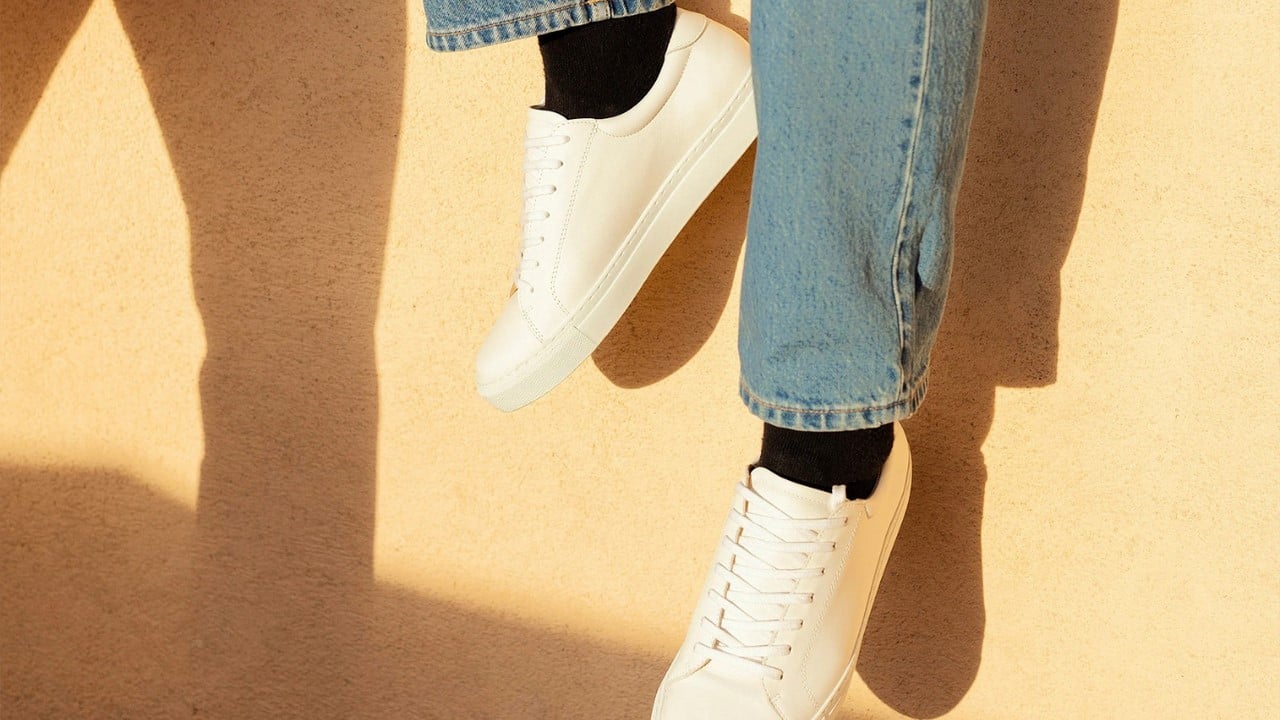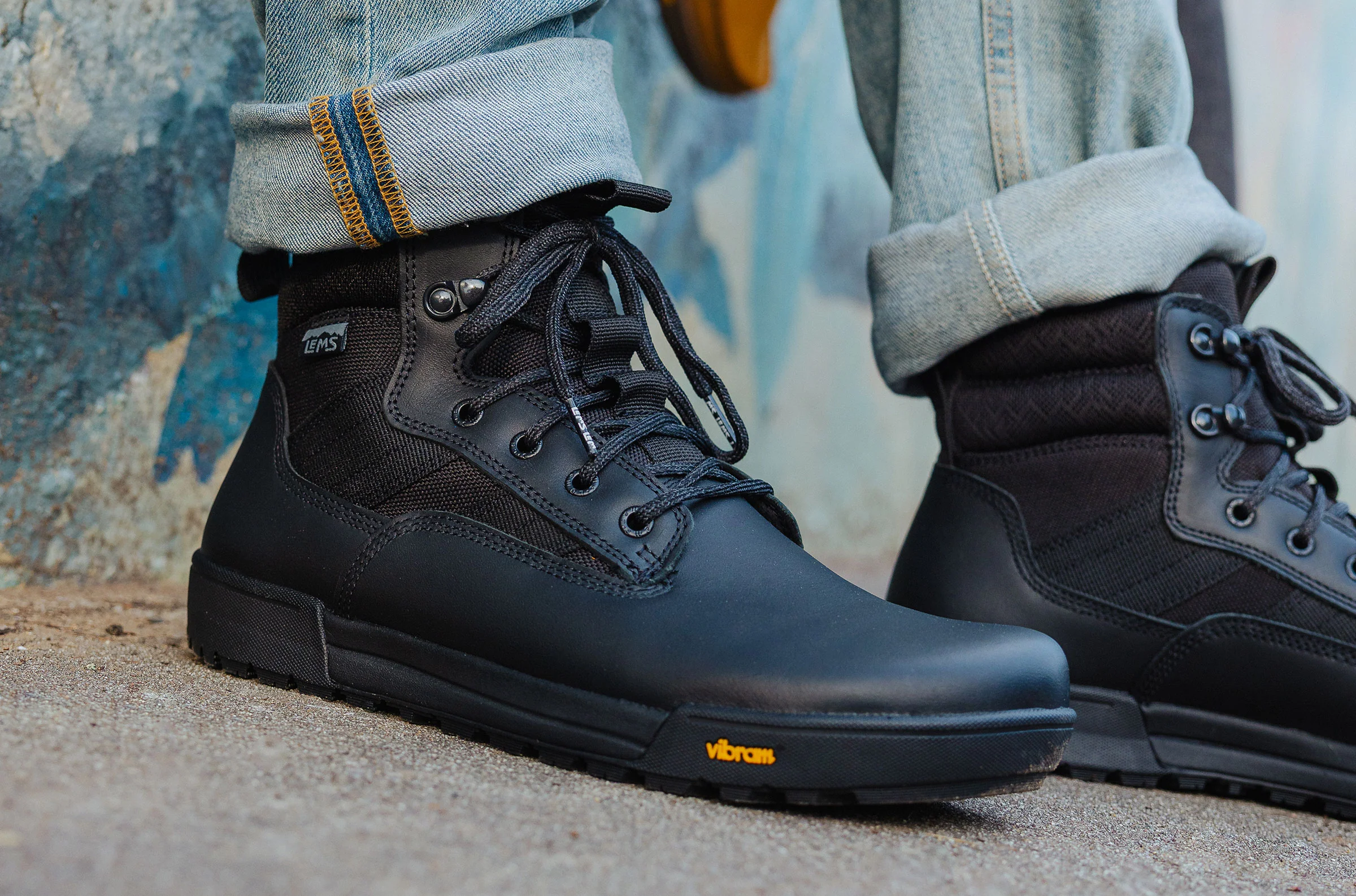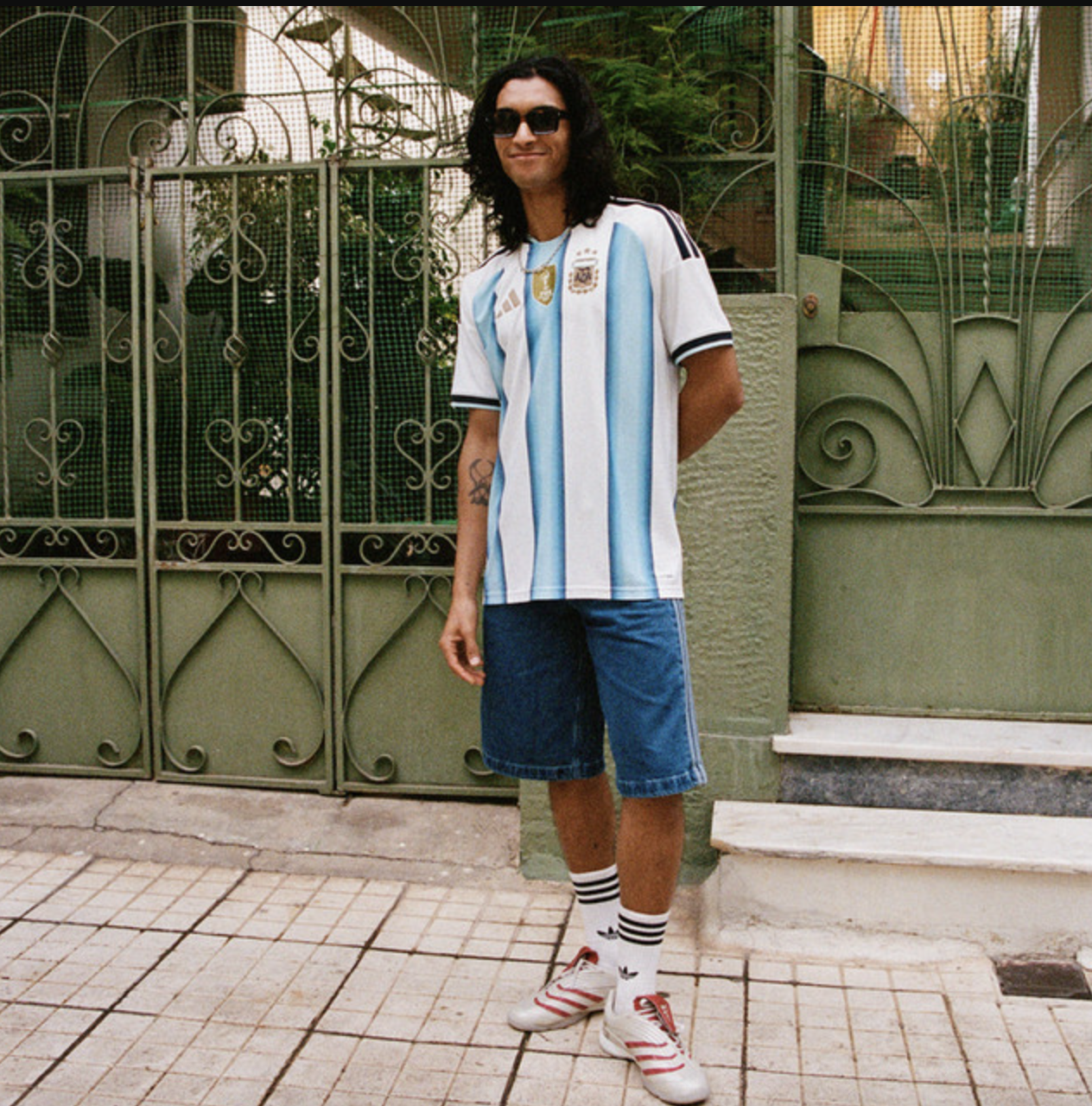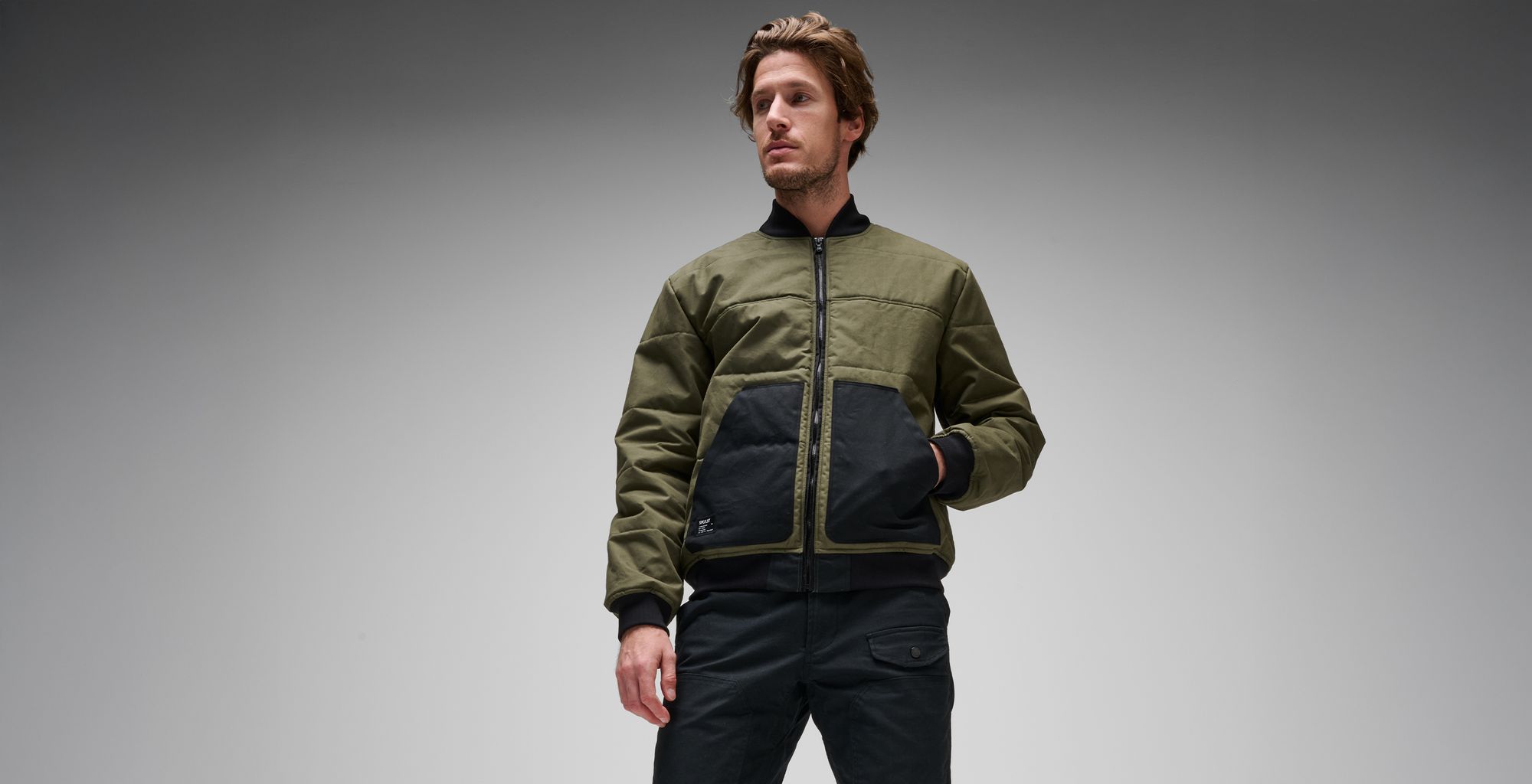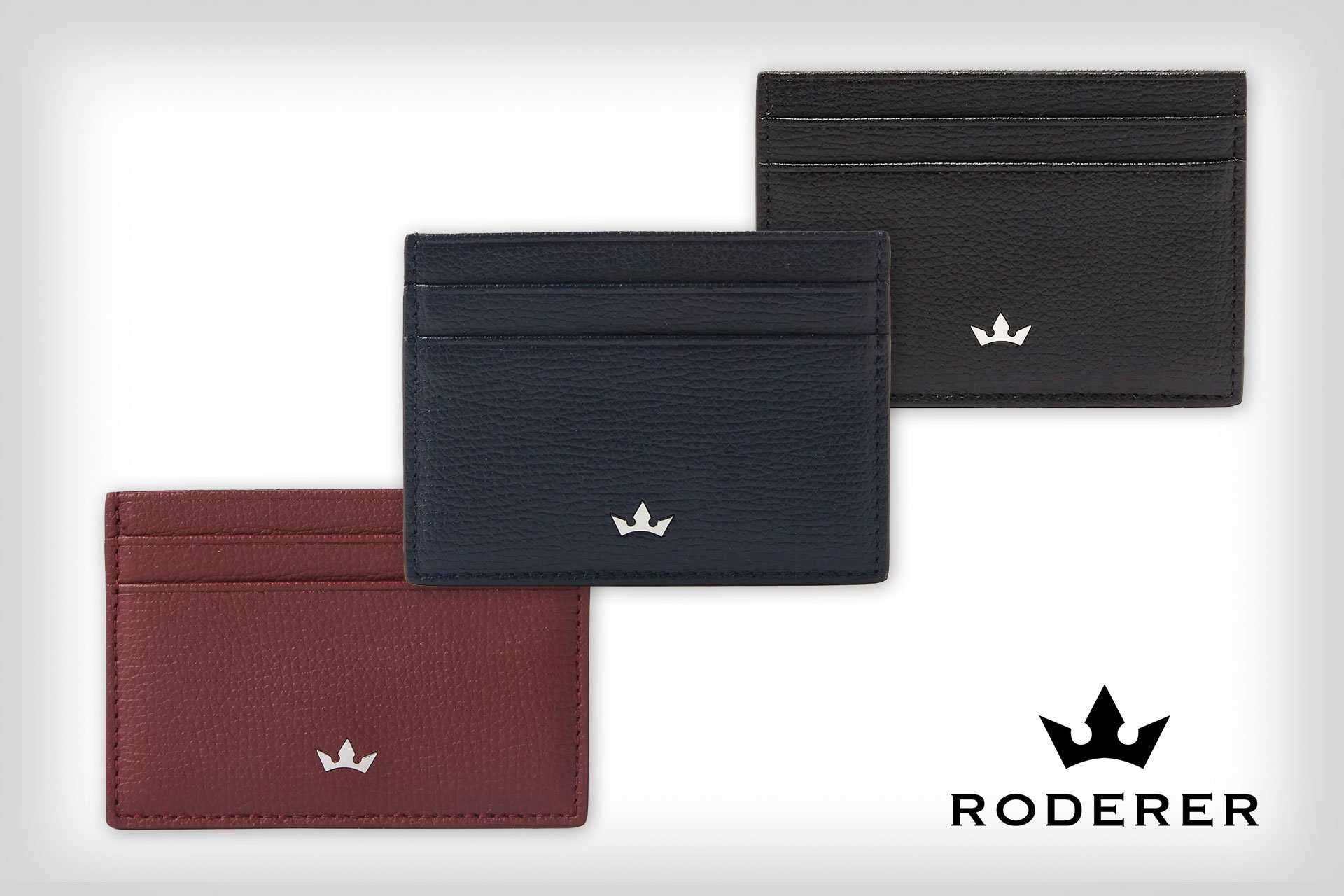The Evolution of Sex Part 2: The Biology of Maleness
Dec 12, 2025How Airlines Justify The Seven-Figure Cost Of Business Class Seats
- Aug 8, 2024
- 0 Comments
592
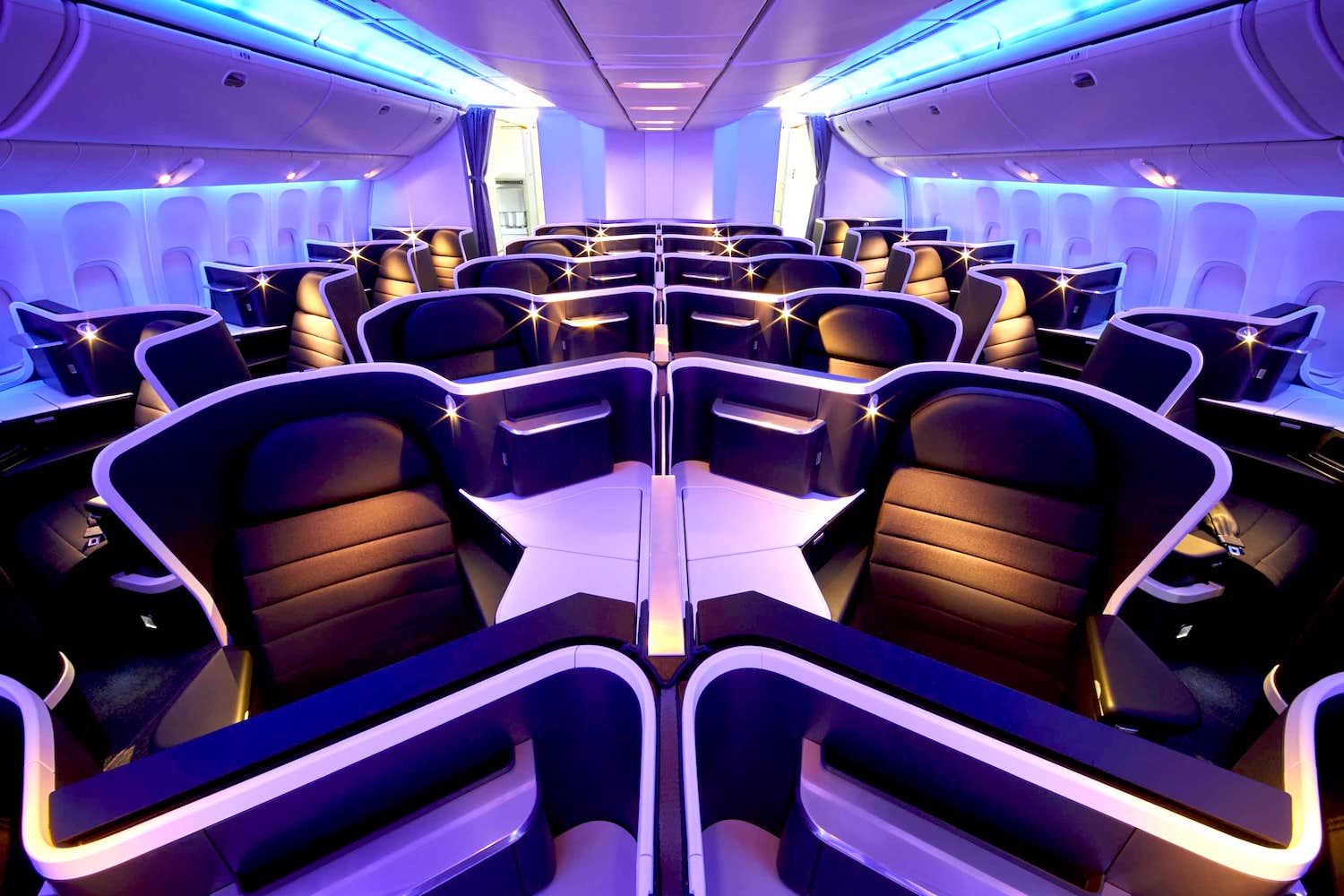
We spoke to industry insiders to better understand why business class seats are so costly to build and install.
Snoozing in your business class seat, you may give much thought about the cost, beyond what it costs you. But that seat you’ve just splashed a few spots of pinot onto is often a finely tuned and costly piece of machinery. Depending on the seat type and degree of customisation, that seat costs at least as much as a mid-range prestige car and in many cases, much more.
There are many reasons why business class is expensive. One reason is that the seats themselves are expensive to build and install. Even the basic recliner seats seen across the Qantas and Virgin Australia domestic fleet cost north of AUD10,000 when they were installed, which in many cases was some time ago, and does not account for inflation and general cost increases across the aircraft supply chain.
These days, a barebones international-grade business class seat starts at over AUD100,000, and that’s before it gets tricked up. While the standard of business class seats varies widely, a reasonable baseline minimum for a competitive full-service airline operating a medium or long-haul flight in 2024 is a lie-flat seat, direct aisle access, storage, privacy, and decent IFE and tech.
As a result, business class seats on top-tier airlines have evolved from just seats to pods built around the seat. Think Delta One Suites, Qatar’s Q-Suites, Singapore’s business class pods, ANA’s The Room, and the Qantas Business Suites. They are all deeply comfortable flying experiences and deeply expensive for the airline to buy, install, and maintain. In 2022, airlines worldwide spent just shy of AUD4 billion on business class seats that can take up to four years to get from the design board onto revenue flights.
Edward Dryden, President of Interiors at Collins Aerospace, who count Starlux, Cathay Pacific, American, and China Airlines as customers, among others, said this to CNBC:
“If you’re outfitting an A380 with a large volume of seats, and you’ve got first class and business class, then you can easily spend tens of millions of dollars.”
But for most airlines, the cost is worth it. The Qantas B787 fleet is the backbone of that airline’s long-haul international network. The business class seat is the Vantage XL manufactured by Thompson Aero Seating. It is the same seat JetBlue uses in its Mint business class and Virgin Atlantic has on its A330neos.
In the case of Qantas, the seat is the platform on which they built their business class suite. Neither Qantas nor Thompson have disclosed the cost of the seats, but the degree of customisation, which included retaining Marc Newson to tart things up, would have seen the final per-seat cost skyrocket.
Many Australian travellers will be familiar with the Singapore Airlines A380 business class seat. That airline is more forthcoming with financial details. JAMCO Corporation of Japan makes the seats. However, the seat has been highly customised, and the sleek finish is due to the UK’s JPA design. Although passengers won’t necessarily notice, the surrounding shell is made of light-weight carbon fibre composite materials.
The seat itself is a mixture of leather, fabrics, and more carbon fibre composite materials. The seat looks pretty, but it is also a sophisticated piece of engineering and technology. Consequently, each seat costs Singapore Airlines over AUD1.3 million to build and install. You could buy a house for that. Or maybe an apartment if you live in Sydney.
When choosing what seat to install, many factors come into play for airlines, including weight, cost, electronics, type of aircraft, and where the aircraft will fly. Airlines work hard to optimise the layout of seats because every square inch is valuable on planes. Usually, an airline comes with a certain idea and the seat manufacturer will collaborate and adjust a certain seat to their needs in terms of trim and finish, colour, textile, and special features.
Most airlines stick with the big manufacturers: Recaro, Collins, and Thompson. They buy the same seats but spend money to differentiate because they want their seat to look and be better than a competitor airline’s seat. In most cases, an airline comes with a certain idea, and the seat manufacturer will collaborate and adjust an in-production seat platform to their needs in terms of trim and finish, colour, textile, and special features. Typically, a full-service airline will try to get eight to ten years out of a seat before replacing it.
Adding to the cost are rigorous safety requirements, including crash and flammability testing, which are required to certify seats to fly. These days, a manufacturer must build a seat to withstand a 16G crash experience. Ultimately, all aircraft seats, not just premium cabin seats, are primarily about function and safety rather than form. But the further forward you move on the plane, the more the airlines will spend to disguise this.
Dryden doesn’t expect his airline customers to reduce their spending on high-end seats. Since the pandemic, premium cabin demand is higher than ever and passengers have exacting expectations. He says the next generation of business class seats will focus on creating a seamless passenger experience with many of the same conveniences passengers enjoy in their everyday lives. “That’s what people want,” Dryden said…
“It’s going to about bringing more and more of those features we see in automated homes and cars into the aircraft so that passengers have what they want when they want it in exactly the way you want to experience it.”
Publisher: Source link



